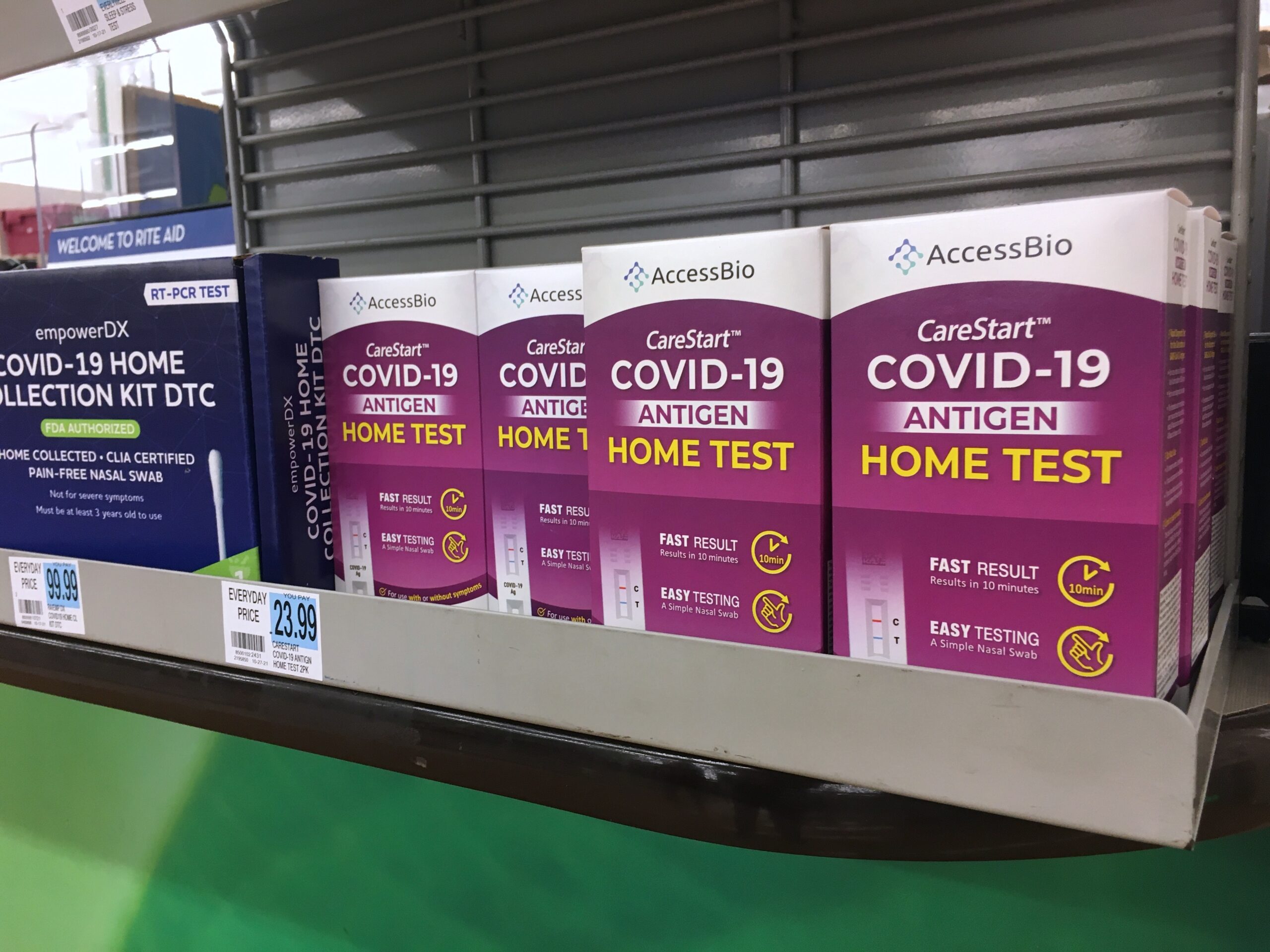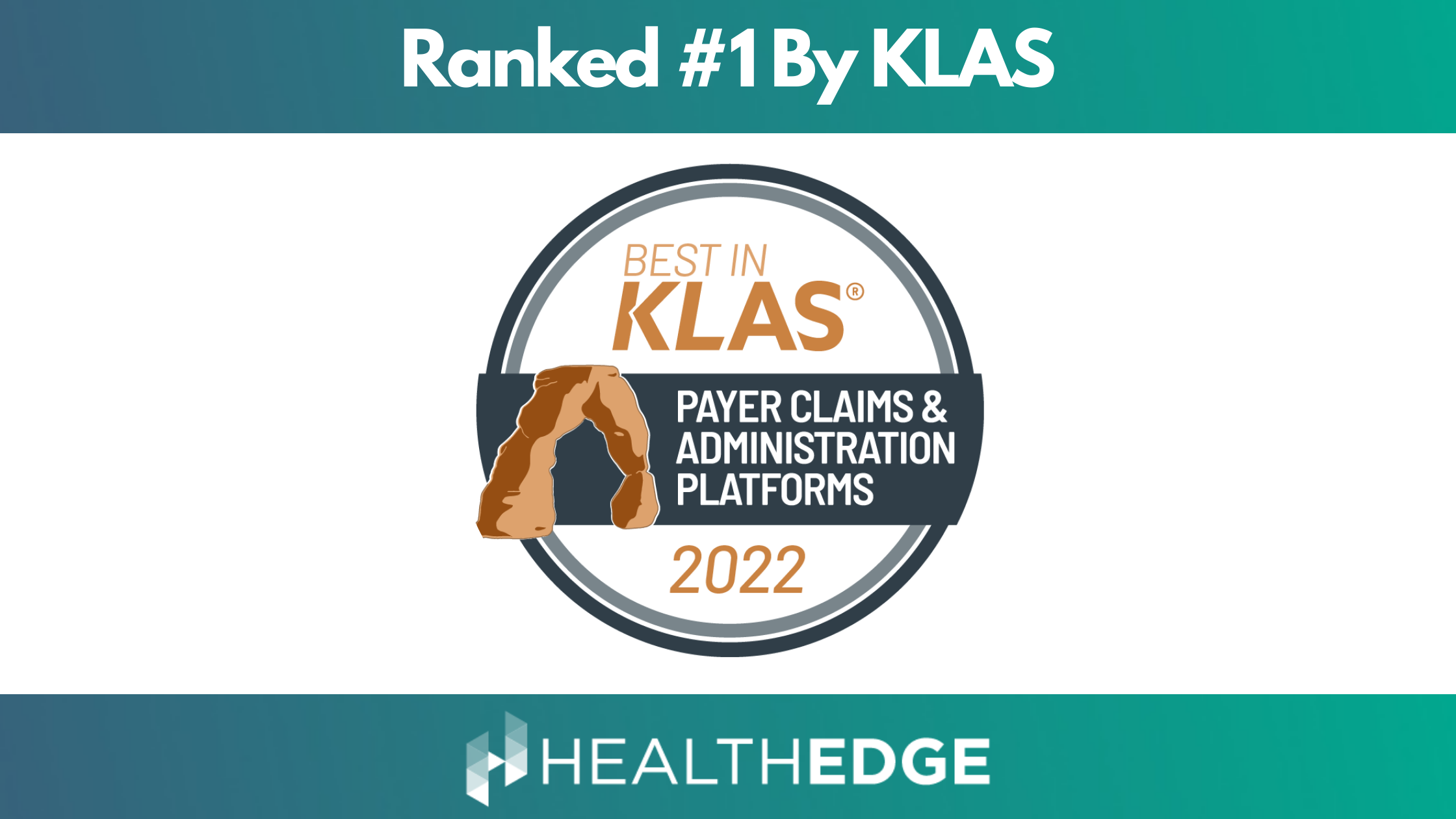In my prior role as a health plan CIO, one of my responsibilities was to evaluate, select, and justify software solutions – and often to prepare materials to seek funding and/or approval from a Board of Directors. HealthEdge helps to arm health plan CIOs and other health plan leaders with the information necessary to justify selection of our software solutions.
While no two boards are the same, these tips have helped me achieve success most often.
1. Understand group dynamics and individual personalities
One of the most important things to know and understand is that boards are made up of individual personalities – and that their collective presence has a group dynamic. The key is to understand the fabric of your particular board and the individual personalities. Some things to discover are their individual backgrounds, their current career and aspirations, their passions, their relationships in the industry and community. What are their individual and group goals? What does success look like to them? What information do they require to feel confident making a decision?
And, very important – be sure to anticipate each board member’s questions for every topic or decision put to them.
Understanding your unique board and board members ensures you can tend to each board member the right way. Once you understand your audience, you can come fully prepared to answer questions they are likely to ask. With that understanding and preparation, you may even get lucky and win their approval with few questions.
2. Build Trust. Be Transparent.
A savvy board of directors can sniff out an unprepared presenter easily. It’s important to respect their time. In my experience, the majority of boards (and most others) appreciate honesty and transparency – whether bad news or good. They will respect the candor. They generally do not respond well to being served what could be perceived as a “sales pitch”. They may even cringe at a lengthy slide deck. A lot depends on the board personality. Whether sharing good news or bad – the direct approach is best.
Once the board becomes familiar with your transparent and honest approach, the building blocks of trust start to accumulate. This doesn’t happen overnight but is the critical foundation of a solid relationship with the board. The ability to connect with the board and influence change hinges on this relationship and the trust you build.
I recall a memorable board meeting that was a turning point in a trusted relationship. As I stepped to the podium to present my information and request funding – I examined their faces and gambled. They had seen and read my advance material – they seemed anxious to not have a lengthy meeting. In that moment, in reading their body language, I asked if they’d rather I run through my presentation or simply respond to their questions. The board members looked back and forth at each other, asked two questions, voted in favor of funding the initiative – and then thanked me for my brevity. Trust had been established. This never means that one should become overly confident and comfortable. Board members often rotate in and out, sometimes on a regular schedule – and that trust foundation must be continually maintained.
3. It’s more than just cost
When you think about implementing a new software solution, cost is obviously a significant consideration. As you well know, there’s more to a selection than cost. It’s advisable, in most cases, to have a consistent evaluation and scoring approach to document the selection. Cost is one criterion, as are these items below:
- Competition: Who are the competing vendors? How do their solutions compare and contrast? How are they aligned with your needs as well as your mission and vision?
- Experience: how much experience do the software vendors have? How much with companies like yours?
- Reputation: What is each vendor’s reputation within the industry? What do industry experts say about each (e.g. Gartner, Forrester, etc.)? What do references say?
- Software development/maturity: Has the software been fully developed to the level your organization needs? What is on the product roadmap?
- Implementation: What does implementation look like (duration, process, etc.)? How much time commitment is required of your team?
- Partnership/Trusted Advisor: Is the vendor capable of being direct, telling it like it is, and being a true advisor? Do they provide experts in your industry who can advise you? Can they be a true partner, not just a “vendor”? Can they clearly demonstrate an understanding of your business needs, where you’re coming from, and how they intend to help you get to where you want to go?
4. Be Concise but Thorough
There is a significant volume of information that contributes to the ability to select a new software solution. The personality and dynamic of the board, and your knowledge of them will help determine how much of that information is needed for their approval – and in what format it should be presented. In many cases, the board won’t need or want all the details. Based on your understanding of the board, determine what they need and how best to present it. An evaluation matrix can be helpful to succinctly address the areas mentioned above – and allow for questions.
5. Be prepared – common questions to have answers at the ready
While no two boards are alike, there are common questions. Make sure you have answers to these available.
- What is the problem we are trying to solve? What is the business need?
- What is the technology need or impact?
- How much is this going to cost?
- How long is it going to take to recover the cost? What is the ROI? How has this ROI been proven in the past?
- What are we going to get out of this?
- How was the recommended solution evaluated and selected? Why was that solution ranked #1 – and is #2 a valid backup plan?
- Is it the right time to do this?
- Would it have been less impactful if we had made this decision a few years ago? Or are we late and need to do this as soon as practical?
- How long will the new solution last?
- What are the ongoing maintenance costs?
Hopefully something from this short blog will be helpful the next time you are presenting to your board. When you are ready to select a HealthEdge product, we are here to help you prepare for your Board meeting.






